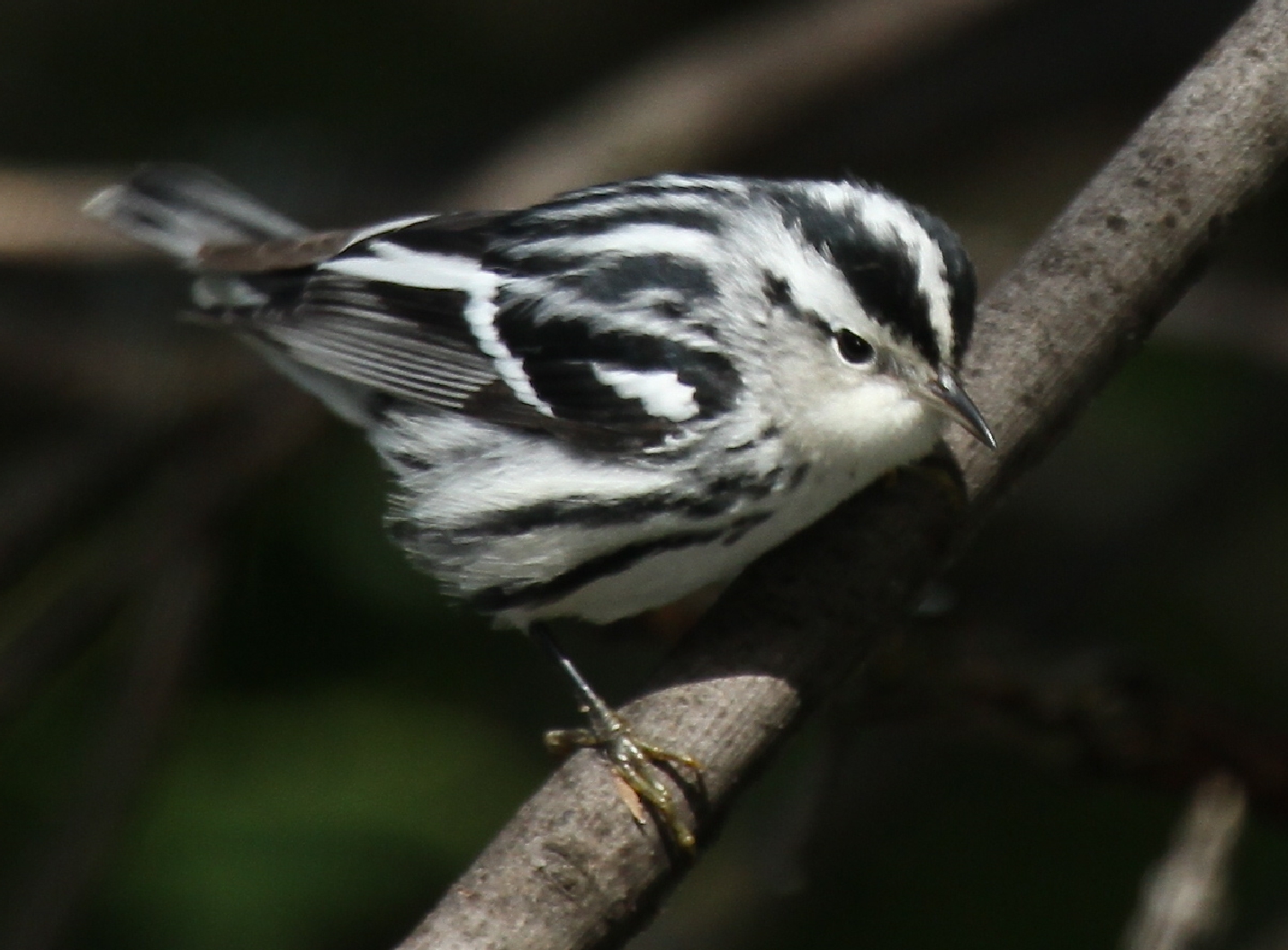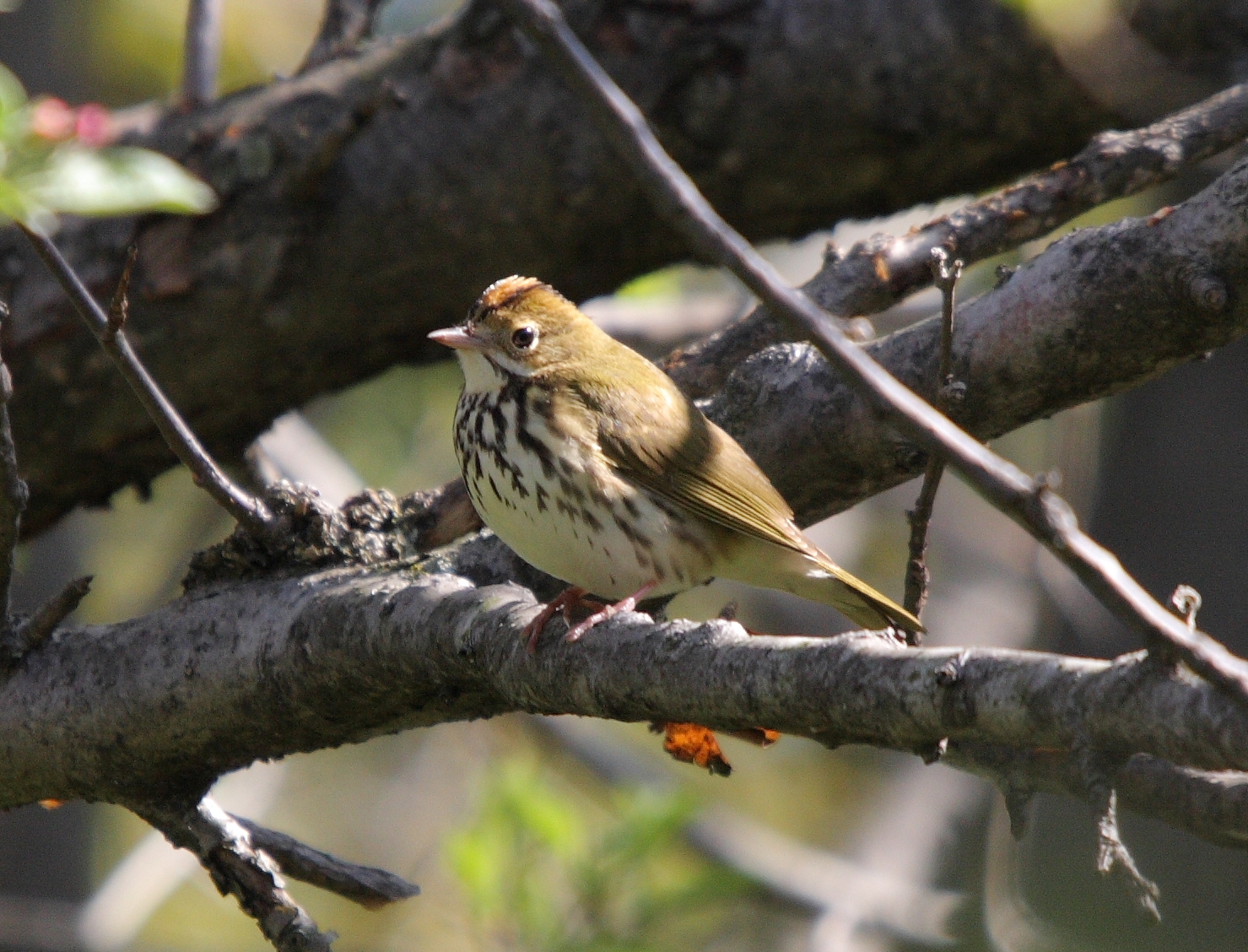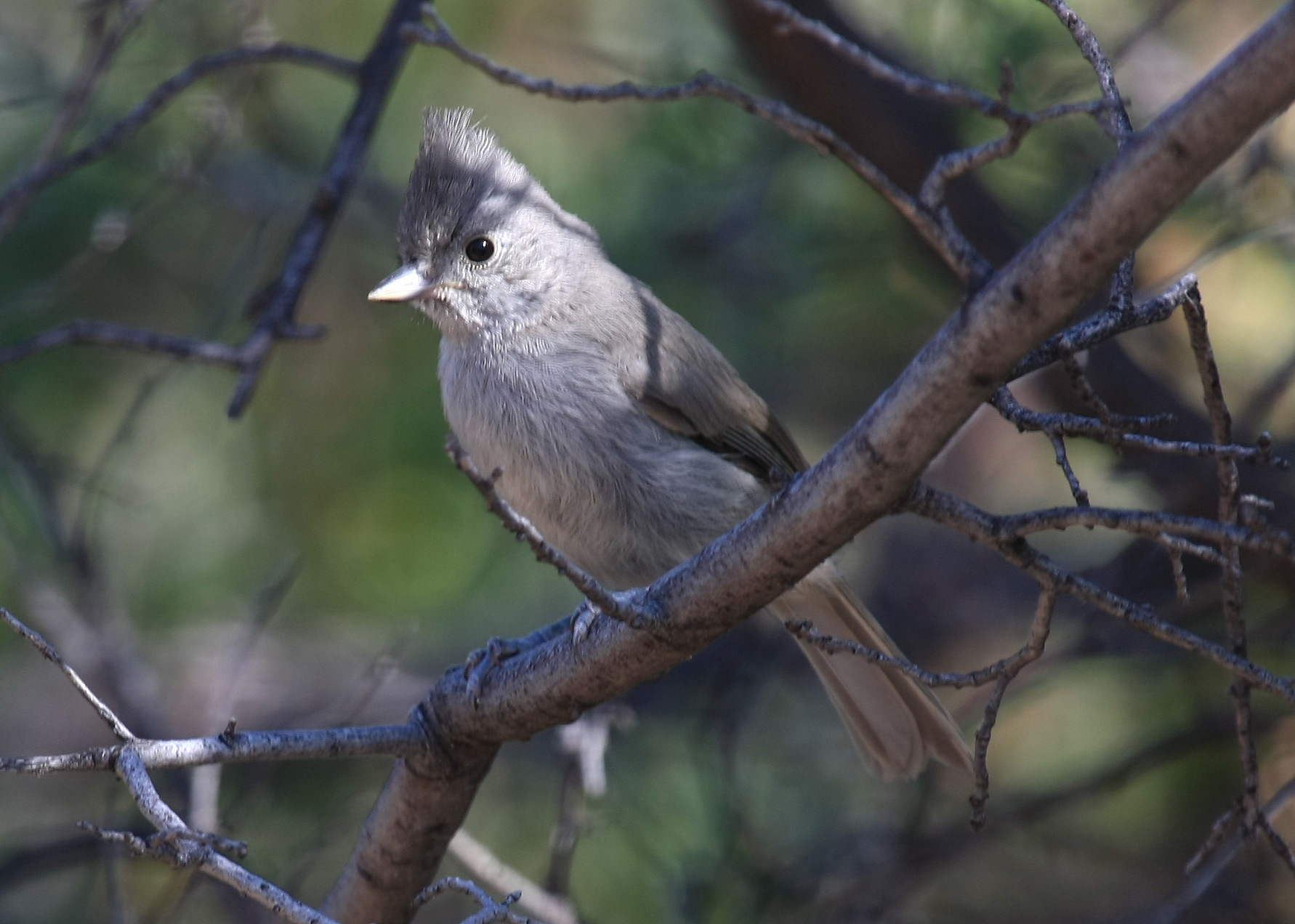|
New World Warblers
The New World warblers or wood-warblers are a group of small, often colorful, passerine birds that make up the family Parulidae and are restricted to the New World. The family contains 120 species. They are not closely related to Old World warblers or Australian warblers. Most are arboreal, but some, like the ovenbird and the two waterthrushes, are primarily terrestrial. Most members of this family are insectivores. This group likely originated in northern Central America, where the greatest number of species and diversity between them is found. From there, they spread north during the interglacial periods, mainly as migrants, returning to the ancestral region in winter. Two genera, '' Myioborus'' and ''Basileuterus'', seem to have colonized South America early, perhaps before the two continents were linked, and together constitute most warbler species of that region. The scientific name for the family, Parulidae, originates from the fact that Linnaeus in 1758 named the north ... [...More Info...] [...Related Items...] OR: [Wikipedia] [Google] [Baidu] |
Prothonotary Warbler
The prothonotary warbler (''Protonotaria citrea'') is a small songbird of the New World warbler family. It is named for its plumage, which resembles the yellow robes once worn by papal clerks (named prothonotaries) in the Roman Catholic Church. The prothonotary warbler is the only member of the genus ''Protonotaria'' and the only eastern warbler that nests in natural or artificial cavities. These warblers often move with quick, jerky, movements and will even crawl upside down on sticks or trees. During the spring they are often seen in wetlands gathering nesting material, or food, for their mate. Taxonomy The prothonotary warbler was described by the French polymath Georges-Louis Leclerc, Comte de Buffon in 1779 in his '' Histoire Naturelle des Oiseaux'' from a specimen collected in Louisiana. Buffon coined the French name ''Le figuier protonotaire''. The bird was also illustrated in a hand-coloured plate engraved by François-Nicolas Martinet in the ''Planches Enluminées D' ... [...More Info...] [...Related Items...] OR: [Wikipedia] [Google] [Baidu] |
South America
South America is a continent entirely in the Western Hemisphere and mostly in the Southern Hemisphere, with a considerably smaller portion in the Northern Hemisphere. It can also be described as the southern Subregion#Americas, subregion of the Americas. South America is bordered on the west by the Pacific Ocean, on the north and east by the Atlantic Ocean, and to the south by the Drake Passage; North America and the Caribbean Sea lie to the northwest. The continent includes twelve sovereign states: Argentina, Bolivia, Brazil, Chile, Colombia, Ecuador, Guyana, Paraguay, Peru, Suriname, Uruguay, and Venezuela; two dependent territory, dependent territories: the Falkland Islands and South Georgia and the South Sandwich Islands; and one administrative division, internal territory: French Guiana. The Dutch Caribbean ABC islands (Leeward Antilles), ABC islands (Aruba, Bonaire, and Curaçao) and Trinidad and Tobago are geologically located on the South-American continental shel ... [...More Info...] [...Related Items...] OR: [Wikipedia] [Google] [Baidu] |
Oreothlypis
''Oreothlypis'' is a genus of New World warbler. Most members of this genus for formerly classified in the genus ''Vermivora''. However, the species then in ''Vermivora'' were more closely related to the flame-throated warbler and crescent-chested warbler, then classed in ''Parula'', than to other species of ''Vermivora''. Initially, the new genus '' Leiothlypis'' was proposed for these species by Sangster in 2008, but the American Ornithologists' Union The American Ornithological Society (AOS) is an ornithological organization based in the United States. The society was formed in October 2016 by the merger of the American Ornithologists' Union (AOU) and the Cooper Ornithological Society. Its ... opted to classify them along with the flame-throated and crescent-chested warblers in the existing genus ''Oreothlypis'', though accepted the change in 2019. Species References Bird genera Parulidae Meso-American montane bird species Taxa named by Robert Ridgw ... [...More Info...] [...Related Items...] OR: [Wikipedia] [Google] [Baidu] |
Leiothlypis
''Leiothlypis'' is a genus of New World warbler, formerly classified within the genus ''Oreothlypis'' or ''Vermivora''. The genus was introduced by the Dutch ornithologist George Sangster in 2008 with the Tennessee warbler (''Leiothlypis peregrina'') as the type species. The genus name is derived from the Ancient Greek λειος/''leios'' meaning "plain" and θλυπις/''thlupis'', an unknown small bird mentioned by Aristotle Aristotle (; 384–322 BC) was an Ancient Greek philosophy, Ancient Greek philosopher and polymath. His writings cover a broad range of subjects spanning the natural sciences, philosophy, linguistics, economics, politics, psychology, a .... Although in 2009 the genus was rejected by the American Ornithological Society's Committee on Classification and Nomenclature of North and Middle American Birds, it was accepted in their 2019 supplement to the ''Check-list of North American Birds''. Species Six species are recognised: R ... [...More Info...] [...Related Items...] OR: [Wikipedia] [Google] [Baidu] |
Mniotilta
The black-and-white warbler (''Mniotilta varia'') is a species of New World warbler, and the only member of its genus, ''Mniotilta''. It breeds in northern and eastern North America and winters in Florida, Central America, and the West Indies down to Peru. This species is a very rare vagrant to western Europe. Relative to other New World warblers, it is not well studied. Description The black-and-white warbler is to in length with a mass of to grams. Wingspan ranges from 7.1 to 8.7 in (18–22 cm). True to their name, black-and-white warblers are black and white in colour. Both sexes have black and white crowns with a white eyebrow, black streaking on a white belly, black wings with two white wing bars, a black tail, a black-and-white streaked back, streaky undertail coverts, and grey-black legs and feet. Breeding males have a black-and-white streaked throat and black cheek, while females have a grey cheek and a white-cream coloured throat and sides. First fall mal ... [...More Info...] [...Related Items...] OR: [Wikipedia] [Google] [Baidu] |
Vermivora
''Vermivora'' is a genus of New World warblers. Species Three species are accepted in the genus,IOC World Bird LisFamily Parulidae one of these species may be extinct: Several additional species were formerly included in ''Vermivora'', but have now been transferred to the genus '' Leiothlypis'':Lovette, I. J. et al. (2010). A comprehensive multilocus phylogeny for the wood-warblers and a revised classification of the Parulidae (Aves). ''Molecular Phylogenetics and Evolution'' 57 (2): 753-770Abstract/ref> * Tennessee warbler ''Leiothlypis peregrina'' * Orange-crowned warbler ''Leiothlypis celata'' * Nashville warbler ''Leiothlypis ruficapilla'' * Virginia's warbler ''Leiothlypis virginiae'' * Colima warbler ''Leiothlypis crissalis'' * Lucy's warbler ''Leiothlypis luciae'' Notes References Bird genera Parulidae * Taxa named by William Swainson {{Parulidae-stub ... [...More Info...] [...Related Items...] OR: [Wikipedia] [Google] [Baidu] |
Seiurus
The ovenbird (''Seiurus aurocapilla'') is a small songbird of the New World warbler family (Parulidae). This migratory bird breeds in eastern North America and winters in Central America, many Caribbean islands, Florida and northern Venezuela. Taxonomy The genus ''Seiurus'' is currently treated as monotypic, containing only the ovenbird; it is genetically distinct from all other species in the family Parulidae, probably the first genus to evolve separately from the rest of the family. Before the recent genetic studies were carried out, the waterthrushes were also included in ''Seiurus''; these are now treated separately in the genus ''Parkesia'' as they are not very closely related to the ovenbird. The species name ''aurocapilla'' is a noun phrase, so the original spelling is retained, not changed according to the gender of the genus name; Linnaeus originally named it ''Motacilla aurocapilla'', and the ending is not changed to -''us'' as commonly cited in the past. Etymolo ... [...More Info...] [...Related Items...] OR: [Wikipedia] [Google] [Baidu] |
Titmouse
''Baeolophus'' is a genus of birds in the family Paridae, commonly called tits. Its members are known as titmouses or titmice. All the species are native to North America. In the past, most authorities retained ''Baeolophus'' as a subgenus within the genus '' Parus'', but treatment as a distinct genus, initiated by the American Ornithological Society, is now widely accepted.Del Hoyo, J.; Elliot, A. & Christie D. (editors). (2007). ''Handbook of the Birds of the World The ''Handbook of the Birds of the World'' (HBW) is a multi-volume series produced by the Spanish publishing house Lynx Edicions in partnership with BirdLife International. It is the first handbook to cover every known living species of bird. .... Volume 12: Picathartes to Tits and Chickadees. Lynx Edicions''. Etymology The genus name ''Baeolophus'' translates to ''small crested'' and is a compound of the Ancient Greek words : baiós - small, and : lόphοs - crest. Taxonomy The genus contains the fol ... [...More Info...] [...Related Items...] OR: [Wikipedia] [Google] [Baidu] |




